Search Images
Browse Content (p. 1605)
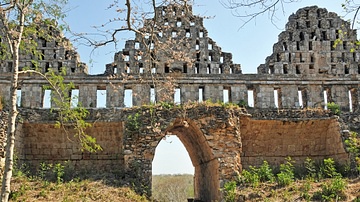
Image
House of the Pigeons, Uxmal
The House of the Pigeons at Uxmal, Mexico. This Maya building is so named because the intricate facade with many apertures resembles a dovecote. It was constructed c. 900 CE.
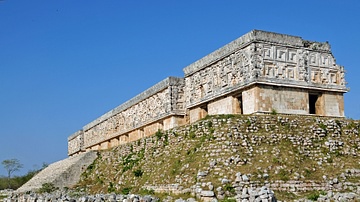
Image
House of the Governor, Uxmal
The House of the Governor, Uxmal, Mexico. The building was constructed in the 10th century CE to commemorate the reign of Lord Chahk. It was used as a royal palace and administrative centre.
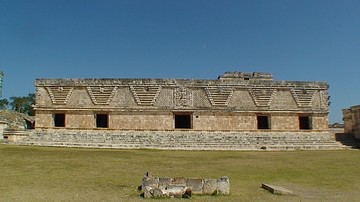
Image
Nunnery Quadrangle, Uxmal
The complex known as the Nunnery, Uxmal, Mexico. The Maya building was constructed in the 9th century CE and its purpose is unknown.
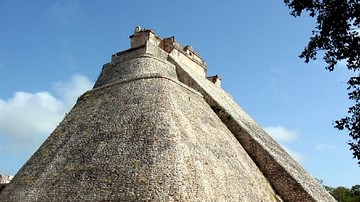
Image
Pyramid of the Magician, Uxmal
The Pyramid of the Magician, Uxmal, Mexico. The Maya temple was first built in the 6th century CE with additions made up to the 10th century CE.
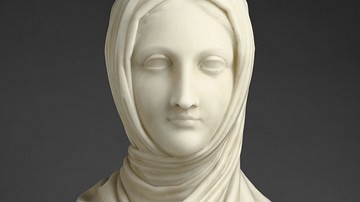
Image
Vestal Virgin by Canova
Antonio Canova (Italian, 1757 - 1822 CE)
Herm of a Vestal Virgin, 1821 - 1822, Marble
Object: H: 49.8 x W: 31.9 x D: 24.1 cm (1 ft. 7 5/8 in. x 1 ft. 9/16 in. x 9 1/2 in.)
The J. Paul Getty Museum, Los Angeles
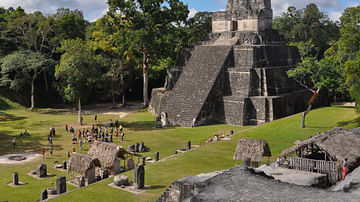
Image
Temple II, Tikal
Temple II, Tikal, Guatemala. The temple was used as a tomb, probably for the queen of Maya ruler Jasaw Chan K'awiil (r. 682-734 CE), although, no remains have been discovered. The temple is 42 metres high and faces the larger temple-pyramid...
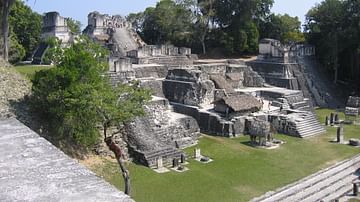
Image
North Acropolis, Tikal
The North Acropolis of Tikal, Guatemala. The Maya city flourished between 300 and 850 CE but the acropolis was first built c. 250 BCE with many additions being made to it over the centuries. A total of 12 temples were built and used to bury...
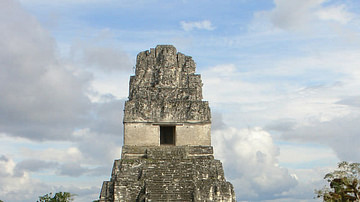
Image
Temple I, Tikal
Temple I, Tikal, Gautemala. The temple was used as the tomb of Maya ruler Jasaw Chan K'awiil (r. 682-734 CE). The structure is 50 metres high and the steps climbing to the top are set at an angle of over 70 degrees.
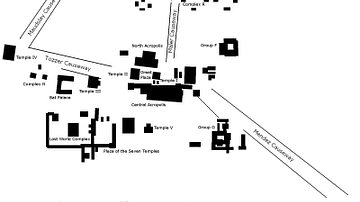
Image
Tikal Map
A map of the principal monuments of Tikal, Guatemala. The Maya city flourished between 300 and 850 CE.
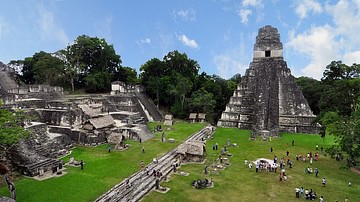
Image
Tikal Main Plaza
The central plaza of Tikal, Guatemala. The Maya city flourished between 300 and 850 CE. On the left is the North Acropolis whilst on the right is Temple I, the tomb of Jasaw Chan K'awiil (r. 682-734 CE).